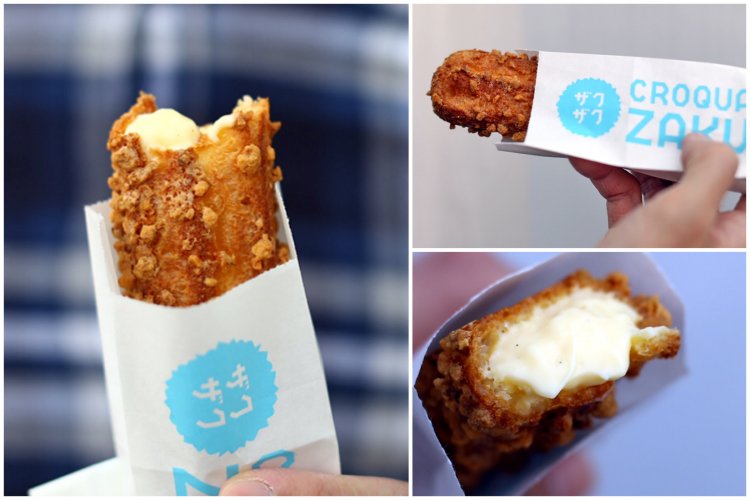Weibo Helped Online Influencers Earn RMB 20 Billion This Year
This post comes courtesy of our content partners at TechNode.

Latest numbers show that Weibo, China’s leading social media company, continues to prove its commercial possibilities in KOL (key opinion leader, or influencer) marketing. Once touted as the Twitter of China, Weibo helped its “Big-V” – influencer users – pocket RMB 20.7 billion in 2017, said the company’s CEO Wang Gaofei at the 2017 Weibo V-Influence Summit yesterday.
The social media giant has been making a steady comeback since 2016 after two years of downturn. While WeChat overtook it to become the country’s default social networking app, Weibo is toying with new business models as it pivots to video marketing and a largely ignored user base in less developed China who are willing to spend money on their idols, big or small.
Out of the RMB 20.7 billion revenue that went to Weibo influencers, RMB 18.7 billion came from e-commerce transactions, followed by RMB 1.33 billion from paid content and RMB 710 million from brand endorsement.
KOLs sell through articles, short videos, or live streaming on Weibo. The Chinese e-commerce behemoth Alibaba, which owns 31.5 percent stake in Weibo, has been an important revenue driver for the latter: Weibo takes a cut from the sales it directs to Alibaba’s online marketplaces. Weibo has, however, grown less reliant on Alibaba, whose revenue contribution to Weibo slid to 8.8 percent in 2016 from 30 percent in 2015.
Paid content has become an increasingly lucrative business in China with the advance of mobile payment and users’ shifting attitudes towards online consumption. On Weibo, influencers make money by charging for articles, answering questions other users have raised (a model made popular by Fenda), and receiving awards from fans. Influencers also earn money by being brand ambassadors. A high-school dropout turned online celebrity, MC Tianyou charges up to RMB 3 million for representing a brand for a month (in Chinese).
Weibo boasts 376 million monthly active users, 92% of whom come from mobile devices, says the company’s Q3 financial results. In comparison, Twitter averaged 330 million MAUs as of the third quarter of 2017.
Image: dragonsocial.net







